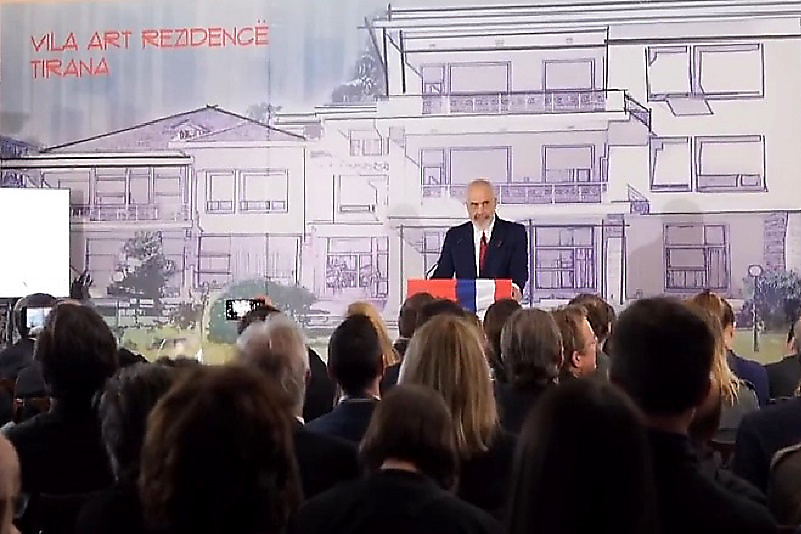In Albania, the Villa of Dictator Hoxha Transformed Into an Artists’ Residence

In Albania, the former residence of dictator Enver Hoxha has been transformed into an art space in collaboration with the French foundation Art Explora, with the participation of the Prime Minister of the Republic of Albania, Edi Rama, according to ACP.al.
The agreement with the foundation was signed by the Minister of Culture, Elva Margariti.
The building, also known as Villa 31, is located in Tirana. The Albanian Prime Minister noted that within the walls of the modernized residence, there is everything that the former owner despised: conditions for artists to freely express themselves.
"One of the things that dictator Enver Hoxha detested the most was the freedom of artistic expression. So, we decided to take the necessary steps to open the doors of this house to new creators. We are not erasing the past entirely; instead, we are transforming it into a source of energy, allowing artists to express their freedom with respect and enthusiasm," said Prime Minister Rama.
He added that for many years, Albanians agonized over the future of this building, which for decades embodied evil, darkness, and a past that wanted to become the future at an incredible cost.
In the 1990s, Albania banned the totalitarian regime and the communist party, but de-communization never fully occurred. The country's inability to break radically from the brutal communist dictatorship distorted its memory of the past and hindered the transition from a post-totalitarian society to a democracy. However, last year, a petition was registered, urging the country's authorities to ban the glorification of the former Albanian communist dictatorship, prohibit the display of its symbols, and reconsider the names of schools, streets, squares, and institutions.
As reported by The Gaze, a museum built in the capital of Albania in the 1980s as a tribute to the long-lasting rule of communist dictator Enver Hoxha is being transformed into a center for technical education with a focus on IT training for young people.
Architects designed the building in the form of an Egyptian-style pyramid to glorify the leader as a pharaoh. Construction was completed in 1988, three years after Hoxha's death and two years before the fall of the communist regime in Albania.